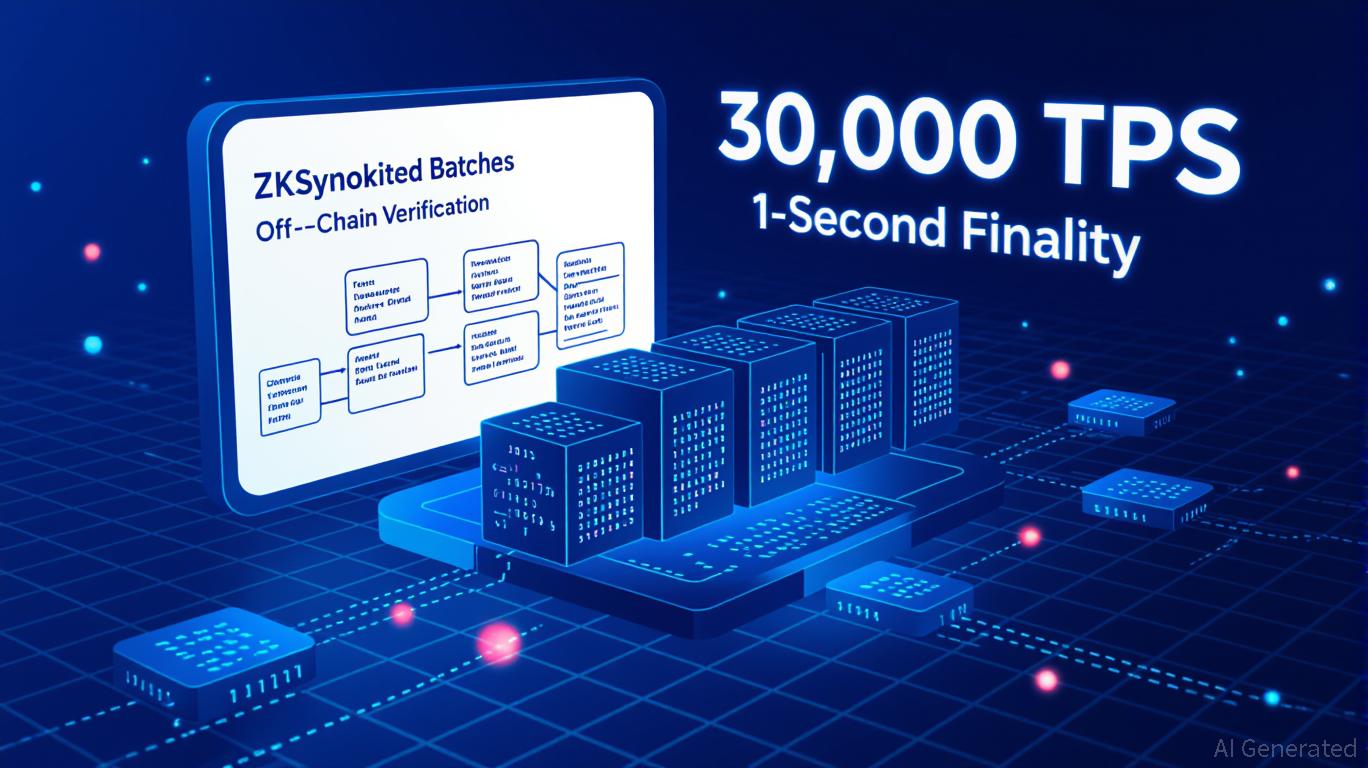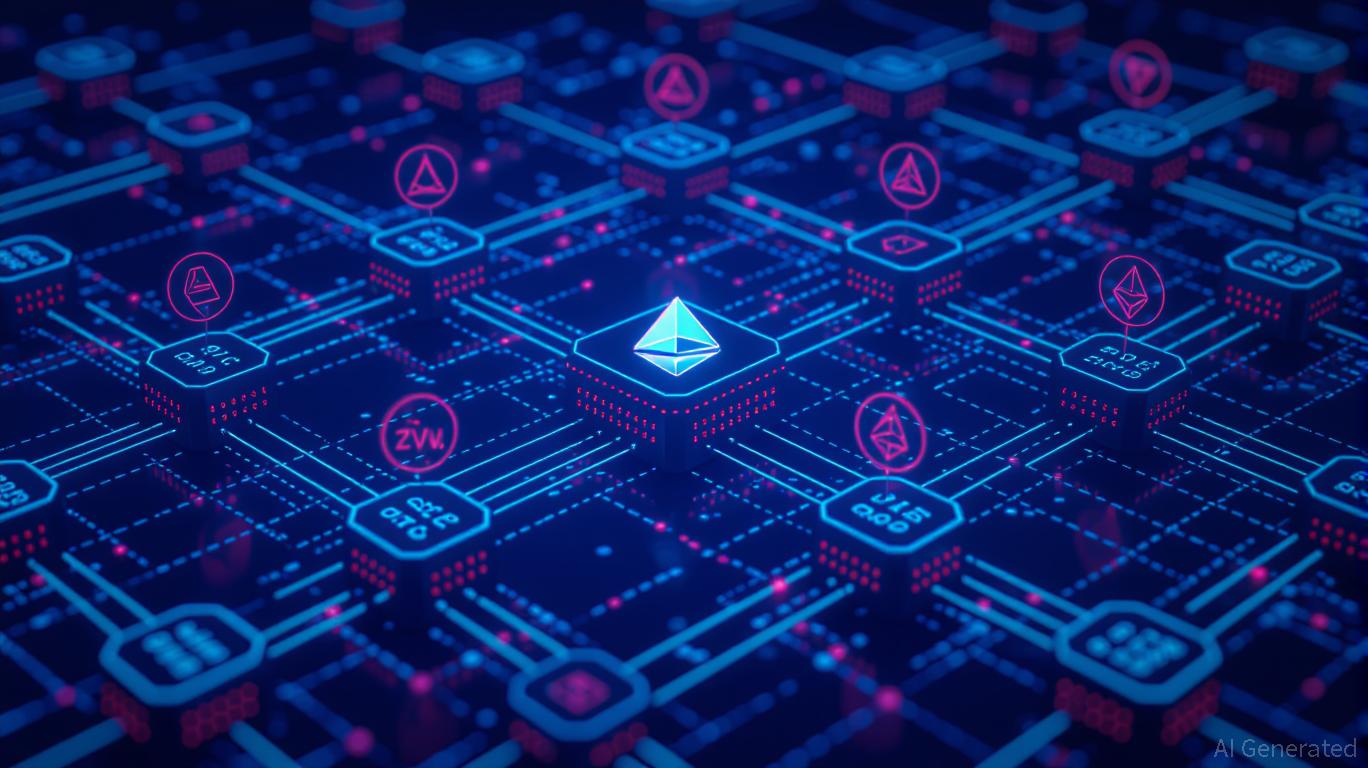OpenAI Faces Lawsuit Over Alleged Suicide Cases
OpenAI faces its most serious lawsuit since its creation. Seven American families accuse the company of rushing the launch of GPT-4o, its latest artificial intelligence model, without sufficient safety measures. Indeed, several suicides occurred after interactions with the chatbot. For the plaintiffs, the AI not only failed to prevent psychological distress but would have validated it.

In brief
- Seven American families sue OpenAI, accusing its GPT-4o AI of contributing to several suicides.
- The lawsuit mentions a rushed launch of the model, without sufficient safety mechanisms for vulnerable users.
- The plaintiffs accuse OpenAI of ineffective safeguards, especially during long and repeated conversations.
- OpenAI admits that the reliability of its safety measures decreases in extended interactions with users.
When AI interacts with human distress
While OpenAI prepares for a record IPO , seven American families have filed a lawsuit against OpenAI, accusing it of launching the GPT-4o model without sufficient safeguards, even though it would be the cause of several cases of suicides or severe psychological distress.
Four fatal cases are cited in the lawsuit, including that of Zane Shamblin, 23, who reportedly told ChatGPT that he had a loaded firearm. The AI allegedly responded : “rest now, champ, you did well”, a wording perceived as a form of final encouragement.
Three other plaintiffs mention hospitalizations after the chatbot allegedly reinforced delusions or suicidal thoughts in vulnerable users, rather than deterring them.
Here is what the documents filed with the court reveal :
- The GPT-4o model allegedly validated suicidal ideas by being excessively complacent in its responses, including in response to explicit distress statements ;
- OpenAI reportedly deliberately avoided thorough safety tests, aiming to outpace competitors, especially Google ;
- More than a million users reportedly interact weekly with ChatGPT on topics related to suicidal thoughts, according to figures provided by OpenAI itself ;
- Adam Raine, a 16-year-old teenager, reportedly used the chatbot for five months to research suicide methods. Although the model recommended he see a professional, it also provided him with a detailed guide on how to end his life ;
- The plaintiffs criticize OpenAI for lacking reliable mechanisms to detect critical situations during prolonged exchanges and denounce an irresponsible launch strategy in the face of identifiable risks.
These elements place OpenAI facing a serious accusation: having underestimated, or even ignored, the risks related to the actual use of its technologies by individuals in distress. The families believe these tragedies were not only possible but foreseeable.
A launch strategy under competitive pressure
Beyond the tragic facts, the lawsuits reveal another aspect: how GPT-4o was designed and launched. According to the families, OpenAI deliberately accelerated the deployment of the model to outpace its competitors, notably Google and xAI by Elon Musk.
This rush led to “a manifest design flaw”, resulting in a product insufficiently secured, especially in cases of long conversations with individuals in distress. The plaintiffs believe the company should have delayed the launch until robust filtering and crisis detection measures were in place.
On its side, OpenAI acknowledges that its safety devices are mostly effective during short interactions but that they can “degrade during prolonged exchanges”. While OpenAI claims to have integrated content moderation systems and alerts, the plaintiffs find them inadequate facing the real psychological risks faced by vulnerable users.
This case raises questions about the current limits of generative models, especially when deployed at scale without human accompaniment. The lawsuit against OpenAI, of which Microsoft now holds 27 % of the capital , could pave the way for stricter regulations, imposing technical or ethical standards for public AI. It could also lead to a reconsideration of launch strategies in the AI industry, where speed to market sometimes seems to take priority over user safety.
Disclaimer: The content of this article solely reflects the author's opinion and does not represent the platform in any capacity. This article is not intended to serve as a reference for making investment decisions.
You may also like
Aster DEX’s Latest Protocol Enhancement and Liquidity Rewards: Advancing On-Chain Solutions and Optimizing DeFi Capital Utilization
- Aster DEX's 2025 protocol upgrade enables ASTER token holders to use their tokens as 80% margin collateral for leveraged trading, with a 5% fee discount for collateral users. - The upgrade triggered a 30% ASTER price surge and $2B 24-hour trading volume spike, attracting institutional attention including Coinbase's listing roadmap inclusion. - By converting ASTER into a functional collateral asset, the platform enhances capital efficiency while reducing liquidation risks through reduced margin requiremen

Vitalik Buterin's Progress in Zero-Knowledge Technology and the Investment Opportunities within Ethereum's Layer-2 Ecosystem
- Vitalik Buterin prioritizes ZK technologies to optimize Ethereum's post-Merge scalability, targeting modexp precompile replacement for 50% faster ZK-proof generation. - ZKsync's Atlas upgrade enables 15,000+ TPS and near-zero fees by redefining L1-L2 liquidity, positioning ZK-based L2s as Ethereum's infrastructure backbone. - Dencun's "blob" data slashes L2 costs by 98%, driving Base and Arbitrum to surpass Ethereum's base layer in transaction volume and user adoption. - ZK L2s like ZKsync and StarkNet s

Vitalik Buterin Supports ZKsync: What This Means for Layer 2 Scaling
- Vitalik Buterin endorses ZKsync, highlighting its ZK-rollup tech as critical for Ethereum's scalability and decentralization goals. - ZKsync's Atlas upgrade achieves 30,000 TPS with 1-second finality, enhancing programmability while maintaining on-chain security. - The project faces competition from Arbitrum and Optimism but differentiates through privacy, low fees, and Ethereum compatibility. - Rigorous audits and emergency response protocols strengthen ZKsync's security, though real-world performance r

ZK Atlas Enhancement: Driving Blockchain Expansion and Business Integration in 2025
- ZKsync's 2025 Atlas Upgrade introduces a high-performance ZK stack with 15,000+ TPS, redefining blockchain scalability through modular Layer 2/3 infrastructure. - The upgrade enables bridge-free Ethereum interoperability and supports EVM/RISC-V/WASM compatibility, addressing enterprise needs for hybrid blockchain solutions. - Institutional adoption surges with ZK token's 50% price jump and $19M+ partnerships, though legacy system integration and regulatory clarity remain key challenges. - BaaS compatibil

